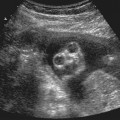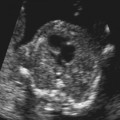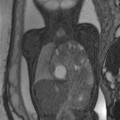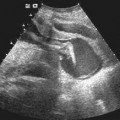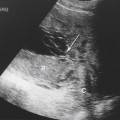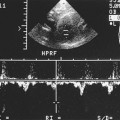CASE 4
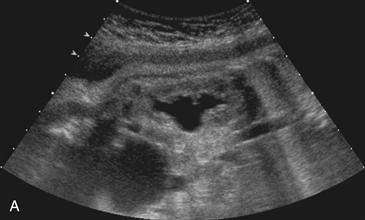
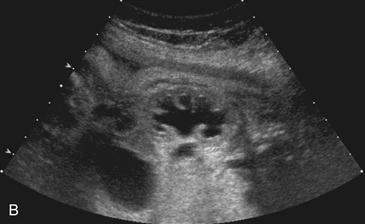
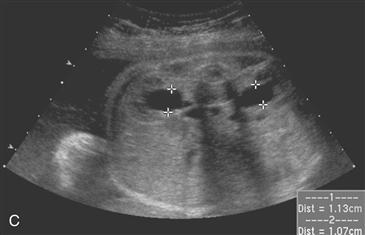
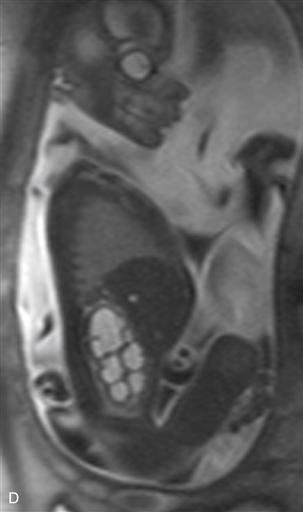
Used with permission from Anderson Publishing Ltd. from Victoria T, et al: Fetal MRI of common non-CNS abnormalities: a review. Appl Radiol 2011;40(6)8-17. © Anderson Publishing Ltd.
History: A patient presents with an abnormality identified on an ultrasound obtained at 18 weeks’ gestation at an outside institution.
1. What should be included in the differential diagnosis? (Choose all that apply.)
A. Bilateral ureterovesical junction obstruction
B. Bilateral ureteropelvic junction (UPJ) obstruction
D. Megacystis-microcolon-intestinal hypoperistalsis syndrome (MMIHS)
E. Bilateral multicystic dysplastic kidneys
2. Which of the following statements regarding UPJ obstruction is not true?
A. The renal pelvis can enlarge to a massive proportion and produce an abdominal cyst.
B. Rupture of the renal pelvis calyx results in urine ascites or perinephric urinoma.
C. UPJ obstruction is more commonly a bilateral process.
D. UPJ obstruction can be associated with renal dysplasia.
3. Which of the following statements regarding the treatment of UPJ obstruction is not true?
A. Double-J pigtail stent placement is commonly used for the relief of obstruction in utero.
C. After delivery, if surgery is performed, pyeloplasty would be the surgery of choice.
Stay updated, free articles. Join our Telegram channel

Full access? Get Clinical Tree


